Machine learning is one of the most popular technology trends right now, Machine learning (ML) is a branch of artificial intelligence (AI) that focuses on making computers that can learn from data. With the wide range of methods that machine learning includes, it empowers computer systems to evolve into intelligent entities by continuously learning, mirroring human problem-solving.
The following post offers you an introduction to machine learning with a detailed overview of the working of different models.
Definition of Machine Learning (ML)
“What is machine learning?” the simplest way to answer is that, Machine learning involves the development of computer program that learn and adapt without explicit instructions it uses algorithms and statistical models to find patterns and relationships and data, analyze them and identify trends or predict outcomes.
Machine learning is a powerful way to solve problems, make business operations better, and automate tasks. However, it’s also a complex and challenging technology that needs a lot of resources and a lot of knowledge. You need to know a lot about math and statistics to pick the right algorithm for a job. Training machine learning algorithms and obtaining accurate results often require a lot of high-quality data.
How does Machine Learning work?
In machine learning, a dataset is used to teach computers how to make a model. The trained algorithm uses the model to make predictions when new data comes in. We then check these predictions to verify their accuracy. If the precision goal isn’t met, we train the algorithm again with a larger set of data. Even though algorithms are very important, they are not the only thing that makes machine learning work. The process also depends on variables and features collected to inform decisions, as well as the base knowledge or training data used for learning. Understanding these components is crucial for grasping the workings of machine learning systems.
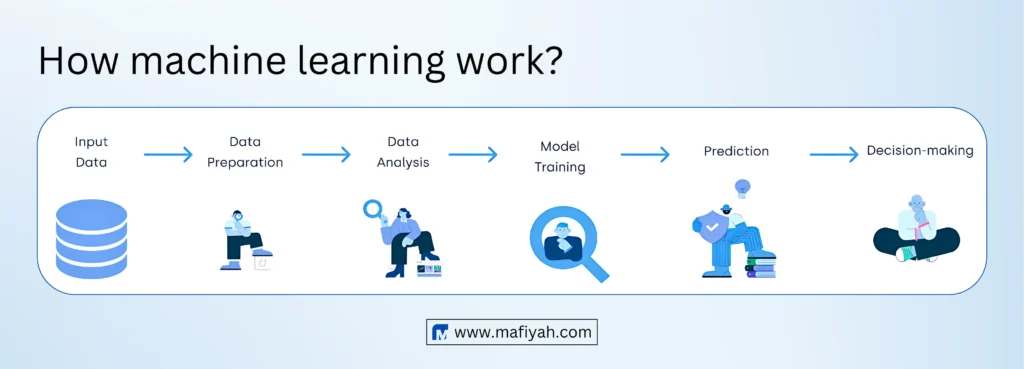
The first step in machine learning is gathering data, which can be in many forms, such as writing, images, sounds, and numbers. After being collected, the data goes through an important cleaning process to get rid of mistakes, inaccuracies, and missing numbers, ensuring its accuracy for optimized outcomes. After that, the machine learning model looks at the structure of the data to find connections between its parts. Using these insights, the model uncovers hidden patterns and links, which lets it make accurate predictions for data it hasn’t seen yet. Based on these predictions, the system makes choices, like whether an email is spam or not, and then acts in the right way.
Types of Machine Learning?
Four main types of machine learning exist: supervised machine learning, unsupervised machine learning, semi-supervised machine learning, and reinforcement learning. The kind of program that data scientists pick is based on the data. Many of the algorithms and techniques don’t limit themselves to just one of the primary ML types. Instead, they often adapt to multiple types depending on the problem to be solved and the dataset.
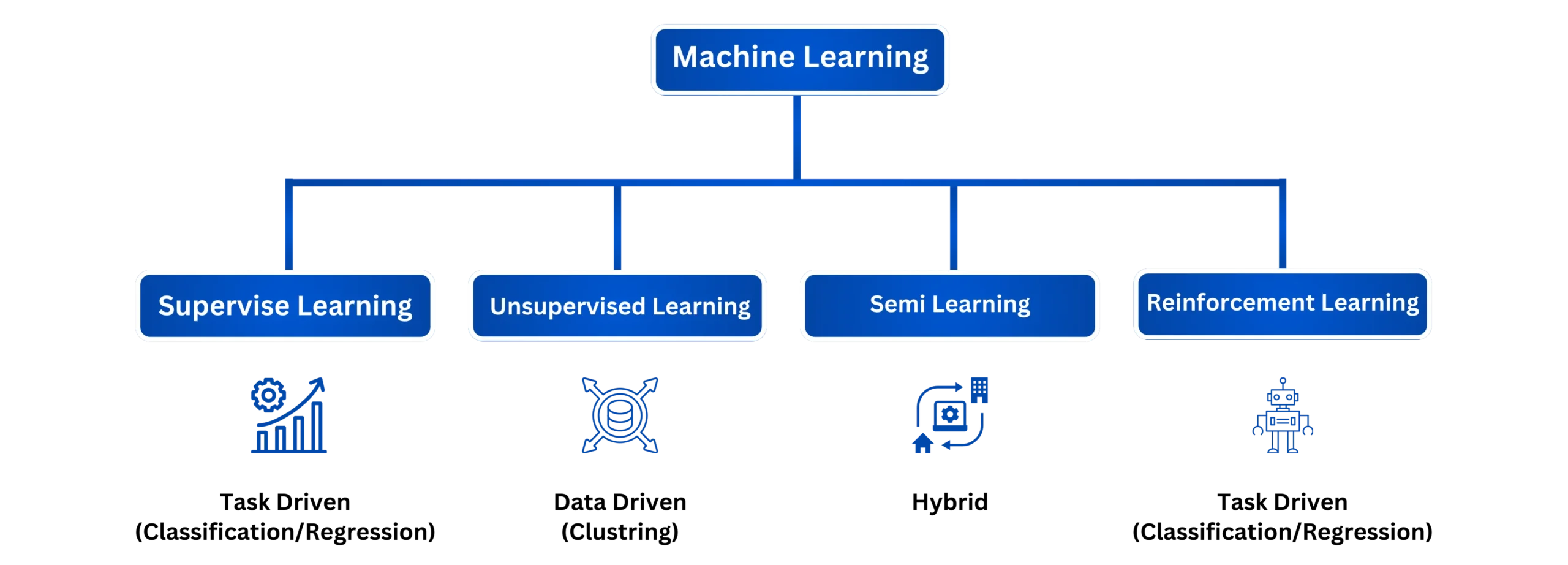
- Supervised: Supervised learning in machine learning relies on labeled data to train algorithms, with data scientists defining variables for evaluating correlations between inputs and outputs. This approach encompasses tasks such as binary classification, dividing data into two categories, and multiclass classification, which involves choosing between multiple answer types. Supervised learning also enables ensembling, wherein we combine predictions from multiple models to enhance accuracy, and regression modeling, which predicts continuous values based on data relationships.
- Unsupervised: Unsupervised learning, operates without labeled data, it trains algorithms with datasets that don’t have labels. These algorithms look through data on their own to find links that make sense. In machine learning, it’s important to keep in mind that unsupervised learning models don’t need fixed output for training. Instead, the algorithms make the predictions and suggestions. Unsupervised learning algorithms excel at various tasks, such as clustering (splitting the dataset into groups based on similarity), anomaly detection (identifying unusual data points), association rule mining (finding groups of items that frequently co-occur), and dimensionality reduction (reducing the number of variables in a dataset).
- Semi-supervised: Semi-supervised learning stands out as a hybrid approach that combines elements of supervised and unsupervised learning models. In this method, labeled data is utilized, but the unsupervised learning component allows algorithms to independently explore and interpret datasets. This approach finds application in various domains, including machine translation, where algorithms learn to translate languages with incomplete dictionaries, fraud detection, which identifies fraud cases with limited positive examples, and labeling data, where algorithms trained on small datasets automatically apply labels to larger sets.
- Reinforcement: Reinforcement learning operates on a feedback-driven mechanism where AI components iteratively take actions, learn from their mistakes, and improve their performance. The system tries things out and learns from them, giving awards for good behavior and punishments for bad behavior in order to get the most rewards overall. This method finds application in numerous areas, such as robotics, where robots learn how to perform tasks in the real world, video gaming, where bots learn to play games, and resource management, where it aids businesses in discovering the optimal ways to utilize their resources.
What are the advantages and disadvantages of machine learning?
While machine learning offers a powerful glimpse into the future, its potential is balanced by limitations in technical expertise and cost. Even though it needs expensive software infrastructure and highly skilled professionals, machine learning empowers businesses to gain a comprehensive understanding of customers through data analysis, ultimately yielding a competitive advantage. This benefit comes from machine learning’s superior ability to spot patterns and guess results, which helps companies keep customers, make suggestions that are more relevant to them, make better plans, find fraud, and work more efficiently.
Conclusion
The definition of machine learning showed that it is a part of artificial intelligence and tries to make computers smart like humans. You should pay attention to how different types of machine learning work and what they can be used for. The progress made in machine learning could lay the groundwork for a whole new breed of AI apps. Right now, learn more about machine learning and the different ways you can use it in real life.

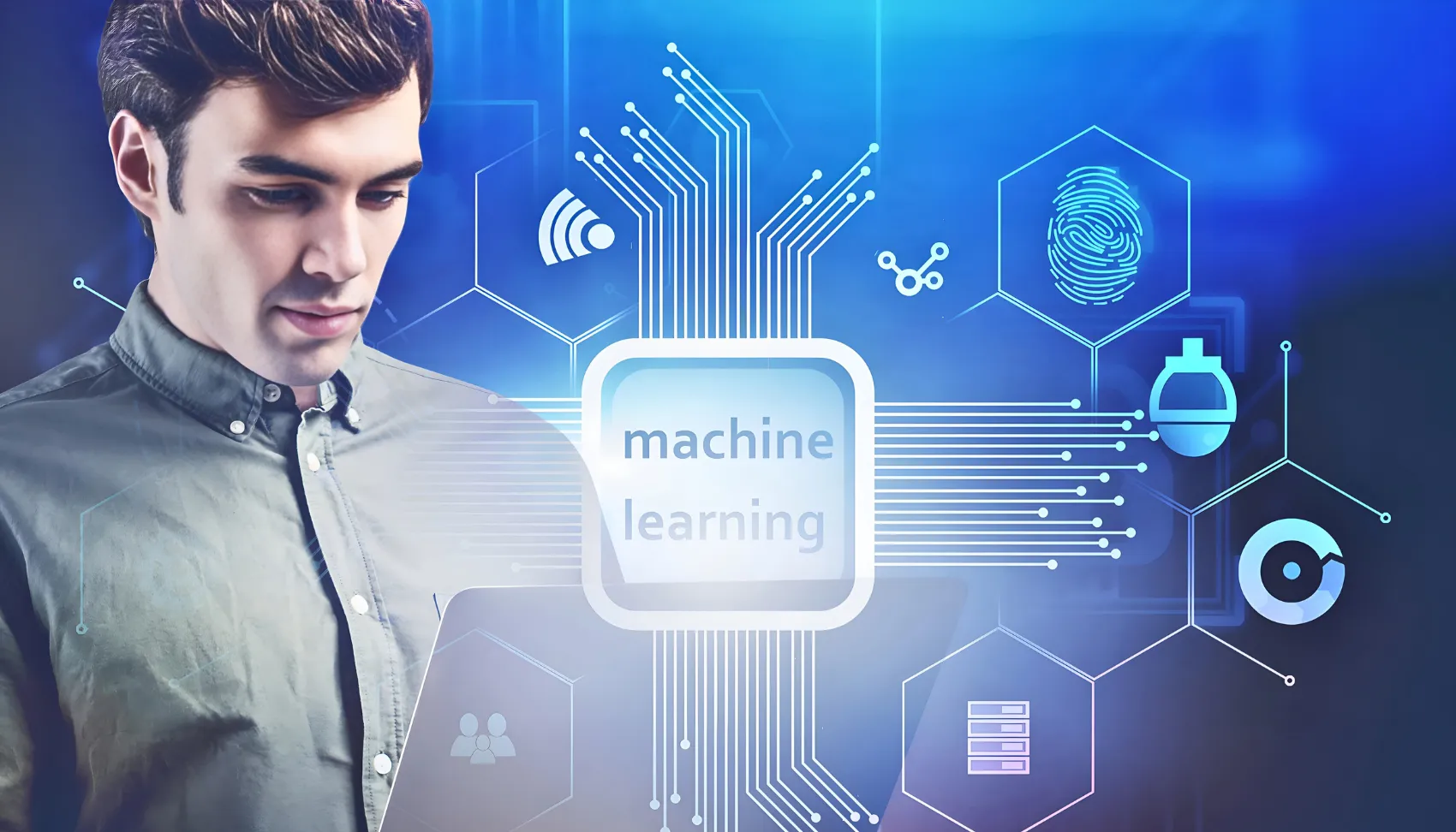



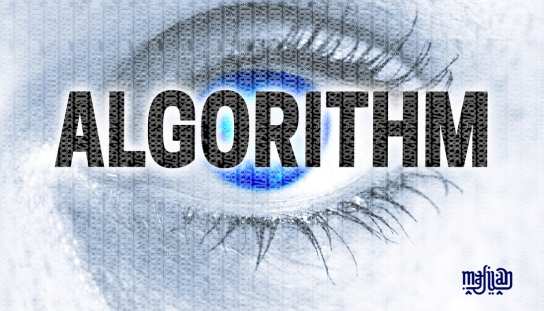
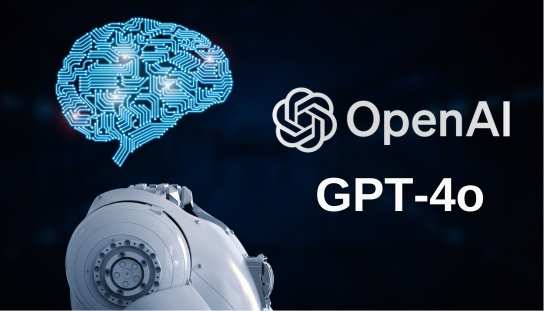

1 thought on “Explaining Machine Learning: How It Works?”